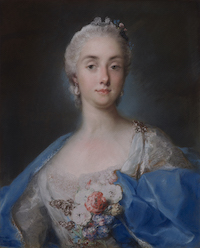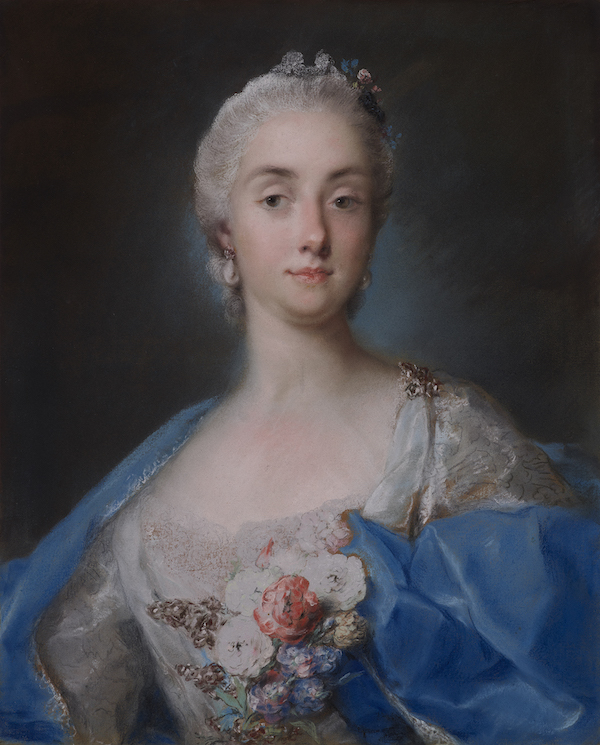
NEW YORK – The celebrated holdings of decorative arts objects amassed by Henry Clay Frick have been significantly enriched in recent decades by gifts from other collectors. A remarkable bequest in 2020 from the collection of Alexis Gregory builds on this tradition by enhancing the museum’s existing holdings and introducing to the museum new types of objects. Visitors can now enjoy a special exhibition of these works, shown by the Frick for the first time together. The Gregory Gift, which continues through July 9, features 28 acquisitions in a variety of media and forms, curious luxury objects that, shown together, suggest a fine collector’s cabinet or Kunstkammer.
Among them are 15 Limoges enamels, two clocks, two ewers, a gilt-bronze sculpture, a serpentine tankard, an ivory hilt, a rhinoceros horn cup, a pomander and two stunning pastels by Rosalba Carriera. The exhibition is organized by Marie-Laure Buku Pongo, assistant curator of decorative arts, and will be accompanied by a catalog and complementary education programs.
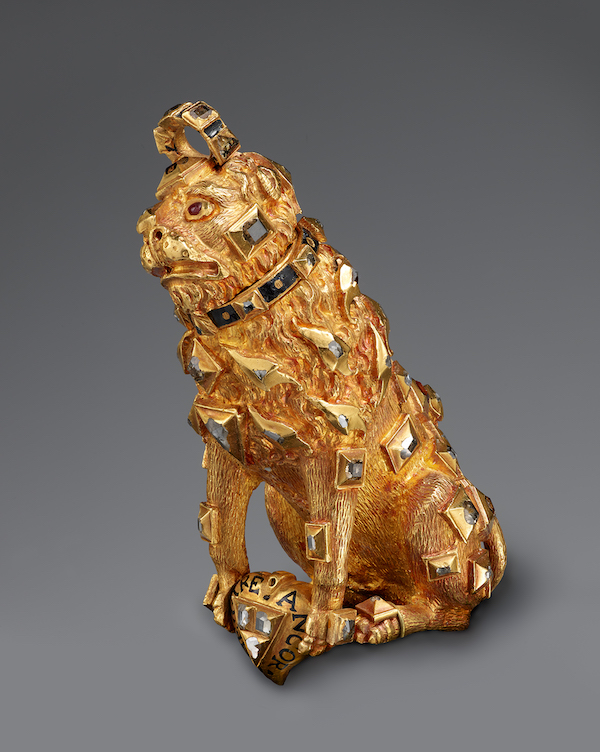
Anna-Maria and Stephen Kellen Director of the Frick Ian Wardropper said, “Alexis Gregory had one of the finest collections of Renaissance and Rococo decorative arts in this country. His deep affection for the Frick led to his bequest of a selection of a superb group of objects, and we are gratified to mount this exhibition in his memory.” Buku Pongo adds, “This generous and important gift to the Frick collection opens new areas of research and lays the groundwork for exciting projects. From research into the context of their creation to technical analyses expanding our knowledge of how these objects were produced, the exhibition at Frick Madison will celebrate Alexis Gregory’s generous gift and the Frick collection’s commitment to the display of European decorative arts.”
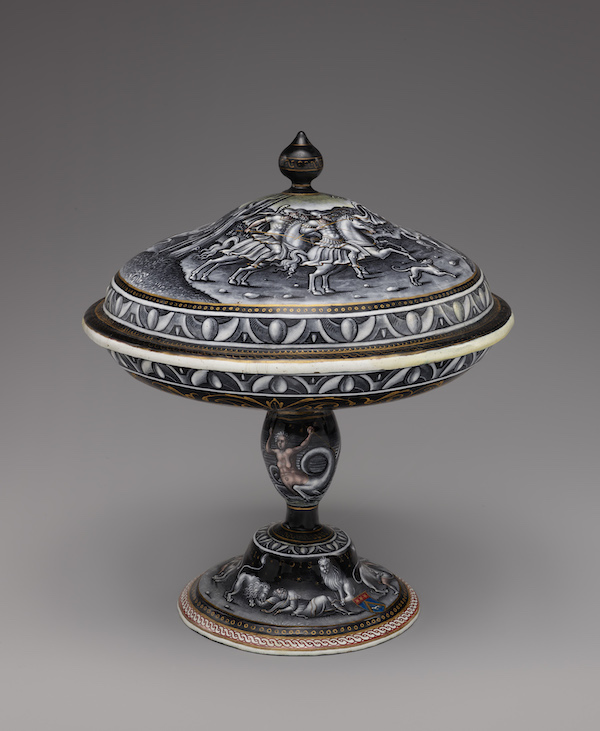
Gregory built his career in book publishing, establishing the celebrated Vendome Press, a publisher of significant volumes on French culture and art. His contributions to and engagement in the arts included serving on art committees at several cultural institutions in the United States, including the visiting committees of European paintings and European sculpture and decorative arts at the Metropolitan Museum of Art. His history with the Frick began with frequent visits to the museum as a youth. On one occasion, Gregory left the boarding school he was attending with a classmate to visit the museum and managed to convince his friend that he lived in its mansion, as everyone they encountered on staff seemed to know him extremely well.
At Harvard, he studied with leading art historians. Those close to him often described him as a Renaissance man, as he spoke several languages, wrote books, traveled the globe and collected art. These pursuits went hand in hand, as collecting art allowed him to research objects and travel around Europe to find new acquisitions. The purchase of his first Renaissance bronze at the age of 18 marked the starting point of his collection.
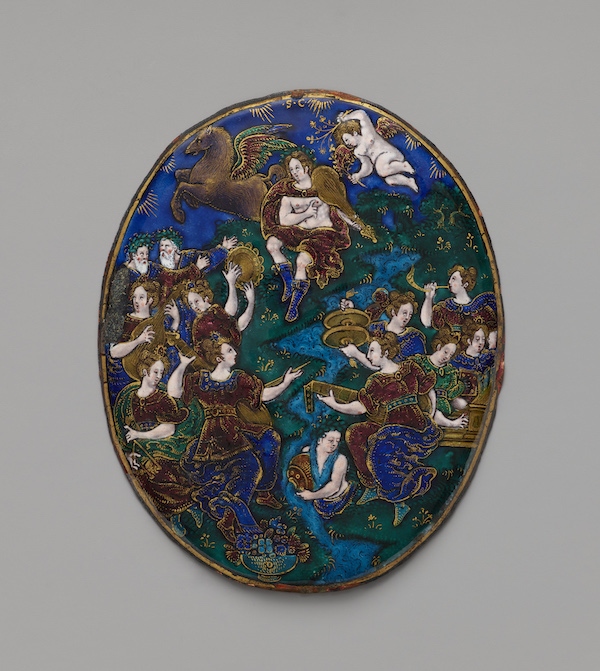
Gregory collected widely, from paintings and works on paper to bronzes and sculptures. In the 1980s, his deep interest in European decorative arts prompted him to exchange one of the Impressionist paintings he had inherited from his parents for an assortment of bronzes, sculptures and Limoges enamels, as well as a watercolor. He later expanded his collection with additional sculptures, Italian bronzes and Limoges enamels, continuing throughout his life to acquire objects from the United States and Europe. Gregory’s collection echoes, in many ways, the Kunstkammers created by princes during the Renaissance, where they would not only display enamels, faience, carved ivories, automatons and clocks, and precious and mounted metalwork, but also show exotic natural specimens.
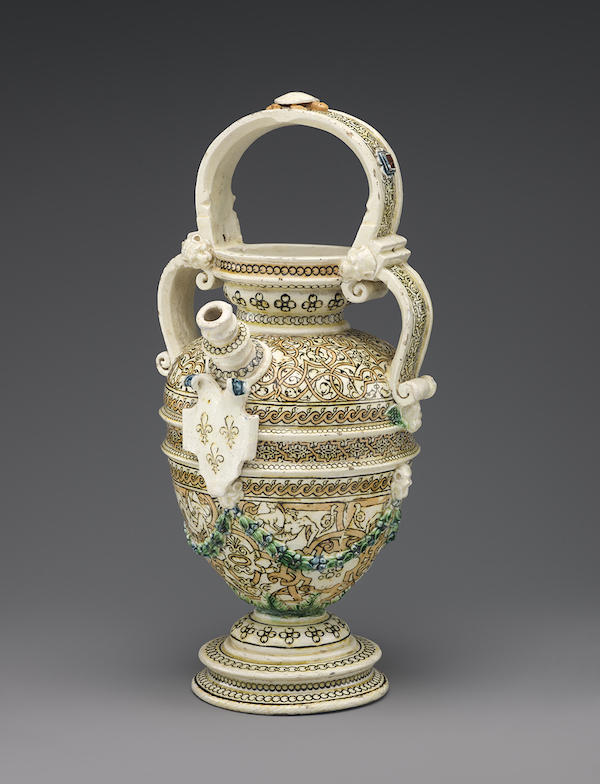
A Saint-Porchaire ceramic ewer joins two such objects already in the Frick collection. This addition is particularly significant as only about 70 Saint-Porchaire works exist today. The ewer is part of a limited experimental production that still poses many questions and is represented in a few museums, among them, the Metropolitan Museum of Art, the Victoria and Albert Museum and the Musee du Louvre.
Other highlights from the gift include a fine group of Limoges enamels, including a significant number of grisaille examples, which strengthens the Frick’s holdings of mostly polychrome enamels. Grisaille refers to a technique developed in the 16th century that was often used by enamelers including the famed Pierre Reymond (1513–after 1584). The Gregory gift includes multiple enamels by Reymond and his workshop, as well as objects by Jean de Court (active 1541–83) and broadens the representation of these artists at the Frick. A large dish enameled on copper with at its center a Saxon silver coin engraved by Hans Biener (circa 1556–1604), is the first of its kind to enter the collection. It belongs to a rare production in 16th-century Venetian workshops, and only about 300 pieces exist today. (Of these, only about 50 have painted coats of arms or coins, making this example rare.)
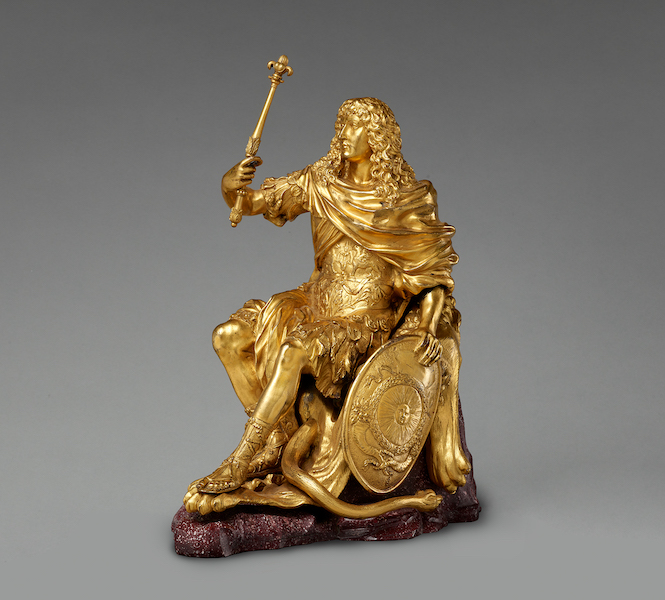
The gilt bronze which represents Louis XIV is attributed to Domenico Cucci (circa 1635-1704) and his workshop. Cucci was one of the most talented cabinetmakers of the 18th century, and this bronze is likely one of the few remaining remnants of an elaborate cabinet made for the king, around 1662-64. In 1883, the Musee du Louvre tried unsuccessfully to acquire the bronze, which mostly remained in private hands before being acquired by Gregory in 2007. Gilt bronzes and other objects designed by Cucci and produced in the Gobelins Manufactory (which made sumptuous furnishings and objects for French royal residences and as lavish diplomatic gifts) are mostly held in private hands. Besides the Frick, only a few collections, including the Chateau de Versailles, hold remnants of cabinets made by Cucci and his workshop.
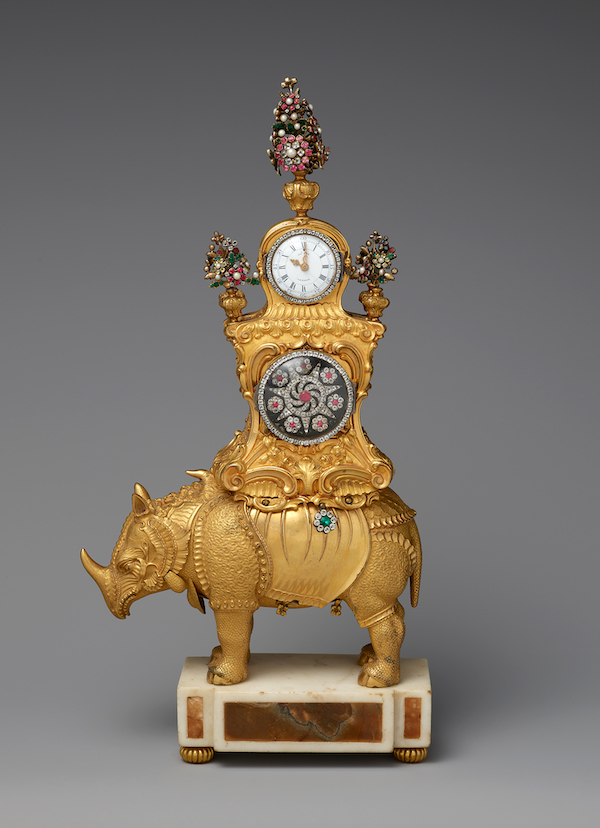
Two clocks, one made by the British jeweler and goldsmith James Cox (circa 1723-1800) and the second by Johann Heinrich Kohler (1669-1736), jeweler at the court of Dresden, diversify the Frick’s holdings of important clocks and watches and are key examples of their respective types. Both jewelers worked for powerful patrons: Kohler for Augustus II (“the Strong”), Elector of Saxony and King of Poland, and Cox for the Chinese Qianlong Emperor. Cox crafted automatons with musical movements, also called “sing-songs,” which were exported to China, India, Persia and Russia. Examples of their work are still on view in the Grunes Gewolbe (Green Vault) in Dresden and the Forbidden City in Beijing.
Gregory’s bequest also brings to the Frick several works by women. Opportunities were scarce for female artists in Europe, and the work created by women artists is much sought after in today’s market. An enameled medallion by Suzanne de Court (active circa 1600), the only known female artist to lead a Limoges workshop during the 16th century, joins a notable pair of saltcellars signed by de Court already in the Frick’s collection. Two portraits by the celebrated Venetian pastel artist Rosalba Carriera (1673-1757) significantly enhance the museum’s holdings in this medium.
This exhibition is generously funded by the Alexis Gregory Foundation.
Visit the website of the Frick Collection and see its dedicated page for the Gregory Gift.


